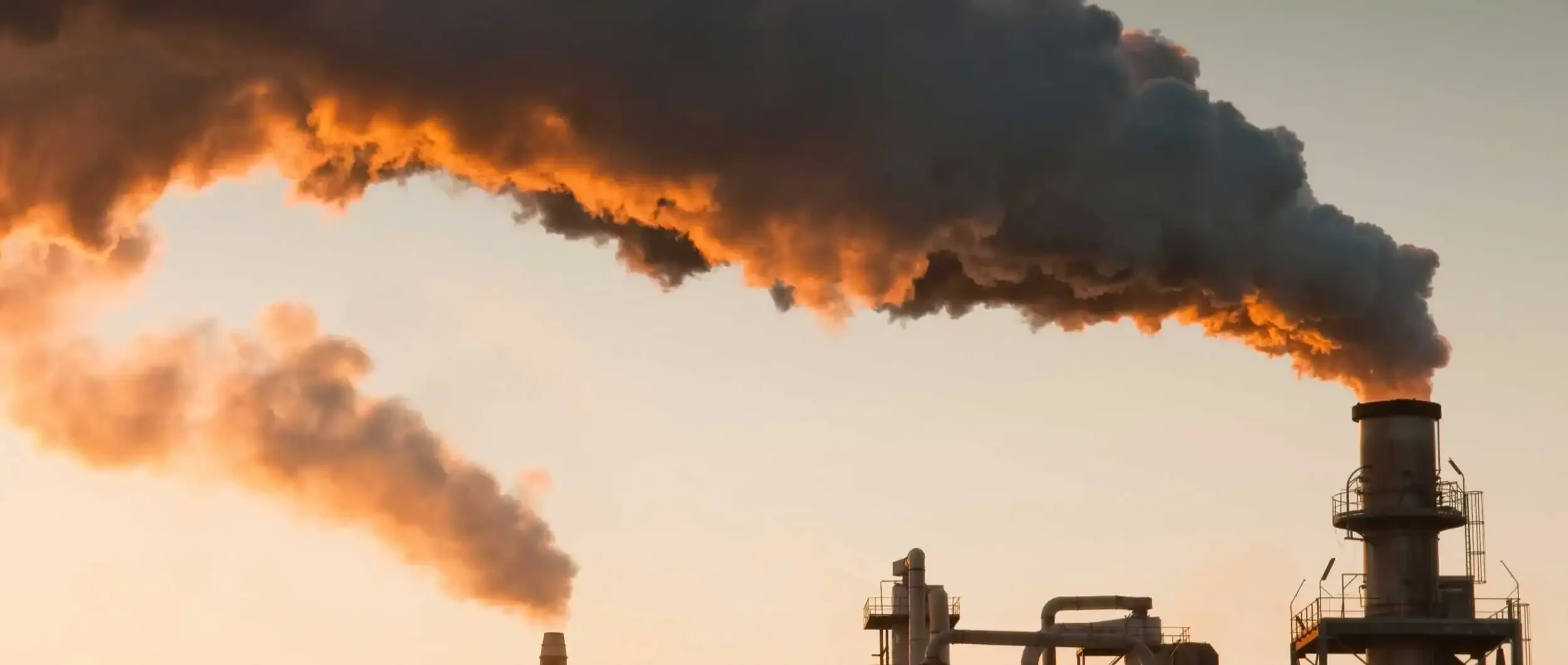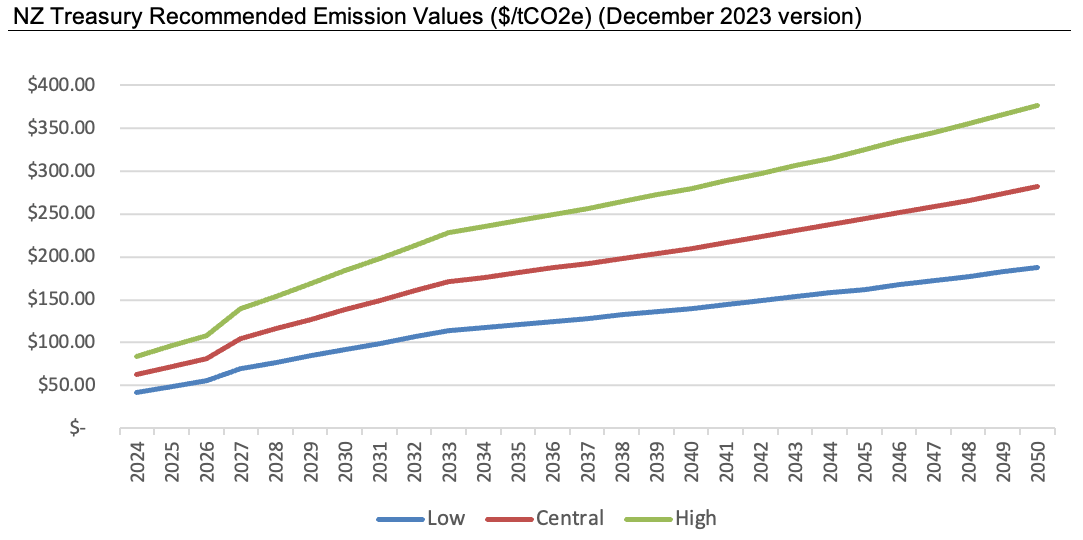
Pricing Emissions
Calculate the cost society pays for your pollution and then take responsibility for it
Social Cost of Carbon
GHG pollution is escalating global heating and contributing to a range of climate-related risks that are damaging to society now and into the future.
This damage to society includes:
Increased intensity of extreme weather events like floods and droughts and the huge damage that is done to our communities when these events occur.
Sea level rise that threatens coastal property and infrastructure.
Changing seasonality for crops, and pests/weeds.
The cost of this damage to society can be calculated - the 'Social Cost of Carbon'. The New Zealand Treasury calculates this in the form of the 'Recommended Emission Values' that it publishes at the end of each year (see the graph below).
If you cannot eliminate all your carbon pollution you can take responsibility for it by:
Pricing your residual emissions in line with the social cost of this pollution.
Making a commitment to voluntarily paying this price as a voluntary carbon charge (VCC).
This voluntary carbon charge will lock in a financial penalty for your pollution. In turn, this penalty will function as a financial incentive to reduce your pollution as much as possible.
Pay this voluntary carbon charge (VCC) by financially contributing to projects that help the planet. One way to pay this VCC is to buy carbon credits or biodiversity credits (depending on the carbon certification you pursue)

